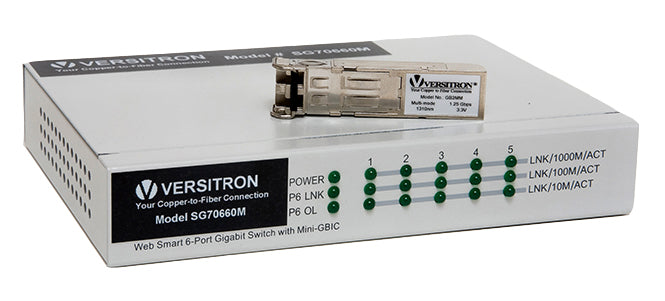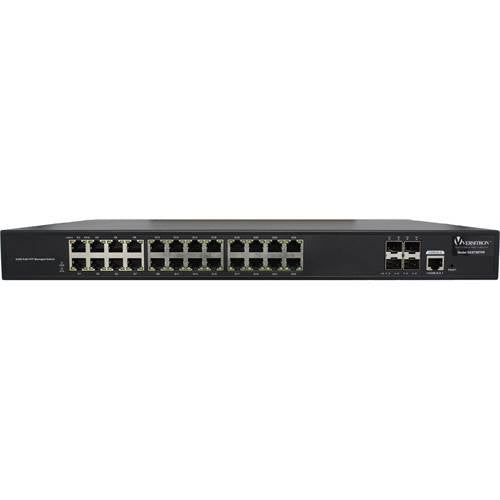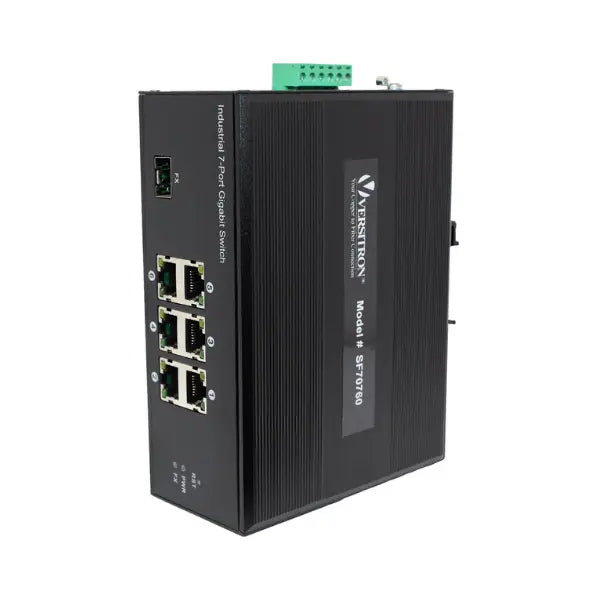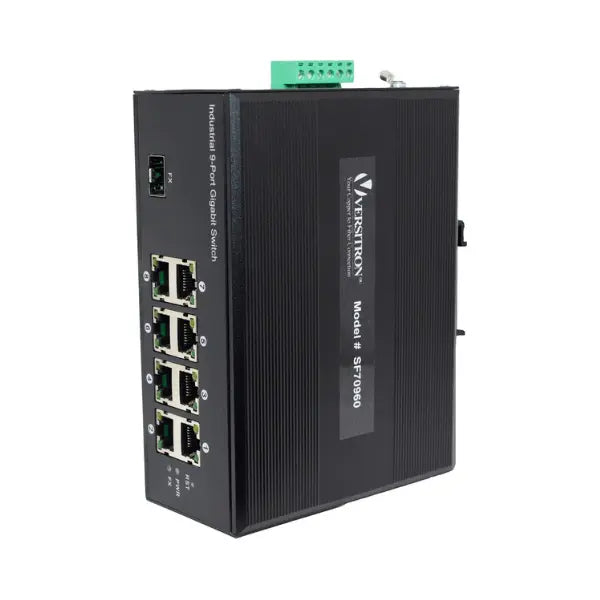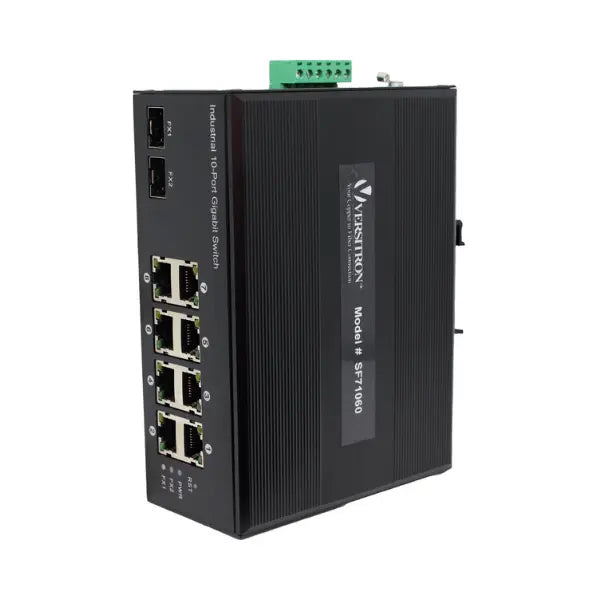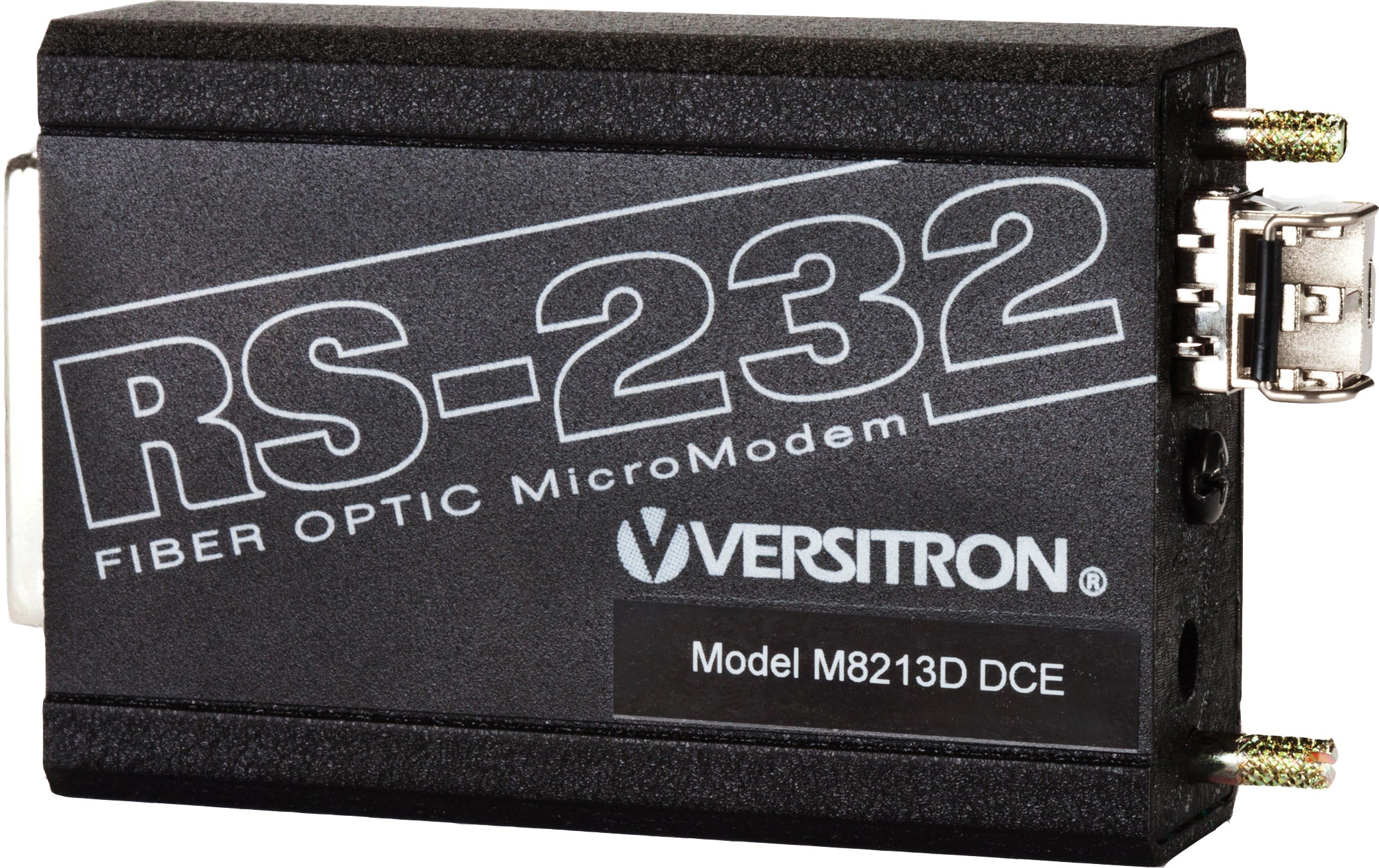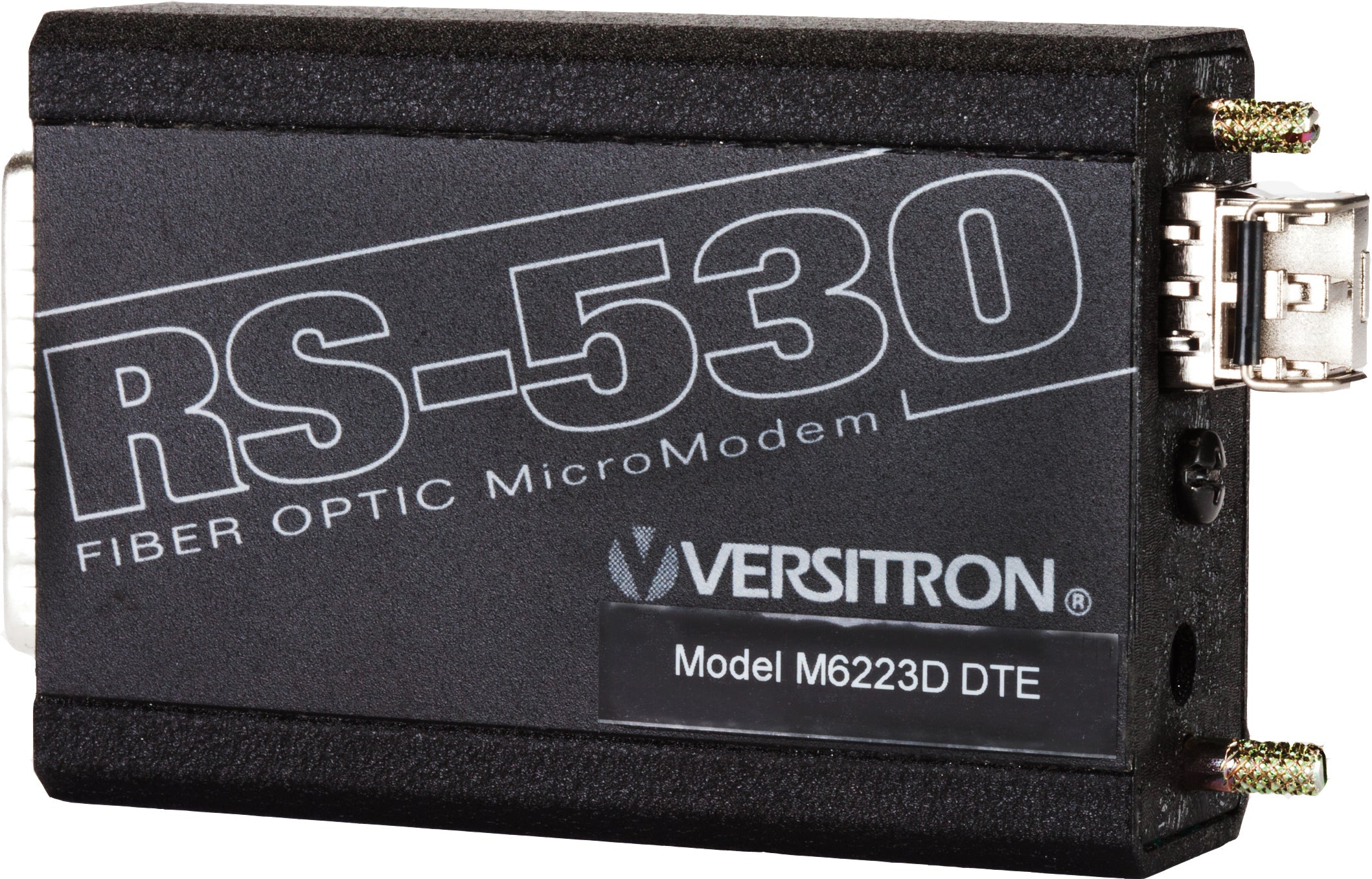Introduction to Small Office Home Office Network (SOHO)

SOHO is an acronym for Small Office/Home Office and it may feature between 1 to 10 people. A regular SOHO network may feature a combination of wireless and wired computers or a small wired Ethernet LAN. In short, it provides the infrastructure to have reliable connectivity and communicate efficiently. It allows users to collaborate on the projects using shared devices like printers as well as access shared data within the confines of their small office home office environment.
Key Features of Small Office Home Office Network
Flexibility and Scalability: The Small Office Home Office network is created to be adaptable and expandable enabling effortless integration of devices or users as the business expands. This adaptability is vital, for businesses facing changes, in their activities.
Combination of Wired and Wireless Connectivity: In a Small Office Home Office setup it's common to have a combination of wireless connections. Wired connections using Ethernet cables are preferred for devices that stay in one place, like desktop computers and printers due to their speed and reliability. On the hand wireless connections allow mobile devices such, as laptops, tablets and smartphones to connect to the network without being tied down by cables.
Shared Resources: SOHO networks enable the sharing of resources such as printers, scanners, and storage devices. This resource sharing is not only cost-effective but also enhances collaboration among team members by making it easier to access shared files and devices.
Infrastructure and Reliability: The infrastructure of a Small Office Home Office network is designed to ensure reliable and consistent performance. This involves using routers, switches, and other networking equipment that can handle the daily demands of a small office environment. Reliability is critical as any downtime can significantly impact business operations.
Security: While Small Office Home Office network is simpler than enterprise networks, security remains a priority. Basic security measures such as firewalls, encryption, and secure Wi-Fi protocols are essential to protect sensitive business data and maintain the integrity of the network.
Ease of Management: Small Office Home Office network is generally easier to set up and manage compared to larger enterprise networks. This ease of management is beneficial for small businesses that may not have dedicated IT staff. Many modern networking devices come with user-friendly interfaces and automated setup wizards that simplify the process.How Does a SOHO Network Differs from an Enterprise Network?
- Scale of Operation: An enterprise network is designed to cater to the needs of large organizations comprising hundreds or thousands of employees working across multiple departments. However, SOHO network is designed for small scale operation in an organization comprising 5-10 employees, and the scope of its utilization may be limited.
- Cost of Operation: Enterprise networks require servers, high-end networking equipment, and dedicated IT resources, which increases the cost of operation. Adding to these is the cost of maintenance to keep these devices and resources functioning. Contrary to these, SOHO networks are easy to set up and have fewer maintenance needs.
- Level of Complexity: Security concerns are common to both enterprise and SOHO networks, but the vulnerabilities are high for enterprise ones. As a result, advanced security measures are implemented to cater to the needs of these organizations. In addition to these, multiple subnets and intricate configurations may also be involved to boost operational efficiencies in enterprises. All these add to the level of networking complexity in these organizations. However, SOHO networks are easy to operate as there are fewer devices and people than the former. Sometimes security measures are the only major investment in these networks.
Applications of SOHO Networks
Remote Work: SOHO networks are ideal for individuals or small teams working from home, providing the necessary connectivity to collaborate with colleagues, access company resources, and perform work tasks efficiently.
Small Business Operations: Small offices, retail stores, and other small businesses can benefit from SOHO networks by connecting their POS systems, security cameras, and other business-critical devices.
Startups: New businesses and startups often start with a small team and limited resources. A SOHO network offers them an affordable and scalable solution to meet their initial networking needs.
Essential Equipment Needed for Soho Network Setup
SOHO network setup involves several critical steps to ensure that the network is reliable, secure, and efficient. Whether you are setting up the network for a small business or a home office, following a structured approach can help avoid common pitfalls and ensure smooth operation.
The first step in SOHO network setup is planning and design. This involves assessing your network requirements, including the number of devices to be connected, the types of devices (wired or wireless), and the specific needs of your business operations. Consider the physical layout of your office space, including the location of workstations, printers, and other peripherals, to determine the most effective placement of networking equipment. Here are some essential equipment to setup SOHO Network:- Routers: A router helps connect devices in a network to the Internet, thereby allowing people working in Small Office Home Offices to collaborate with each other effectively. As said before, the security needs of SOHO may differ from enterprises, still, it is better to choose a router with basic security measures such as encryption, firewall protection, and authentication. In addition, it is also important to ensure that the router offers sufficient coverage and reliable performance.
- Ethernet Switches: They help create wired connections between the devices in the network. Ethernet switches come with usually 4 to 8 ports that help connect other wired devices, such as printers, desktop computers, and more. When choosing these switches, focus on features like the number of ports, speed of data transfer, managed or unmanaged type, form factor, and so on.
- Ethernet Media Converters: These devices play a crucial role in SOHO networks by ensuring flexibility and seamless interconnections. They help connect structured copper-based cabling systems with advanced fiber optic systems. Media converters are available in different designs from simple standalone devices to high port density chassis systems. There are certain factors to consider when buying them for your SOHO network. They include multimode or single mode fiber conversion, speed, operating conditions, power and connectivity, security and monitoring requirements, copper-to-fiber and fiber-to-fiber conversion, or both.
- Modems: These devices facilitate the connection between the network and the internet, allowing access to services and online resources. When buying a modem, ensure to check its compatibility with your internet service provider (ISP).
- Adapter Cards: They facilitate communication between the computer and other devices in the network. Each computer in the network needs an adapter card for connection.
- Wireless Network Interface Cards (NICs): A wireless network interface card (NIC) helps establish wireless connectivity within the network. This card assures great mobility and flexibility when devices connect with each other wirelessly in the network. It is always better to invest in NIC that is compatible with the wireless standards supported by the routers in the network.
Common SOHO Network Topologies
In a Small Office/Home Office (SOHO) network, the layout of components, like links and nodes is what we refer to as SOHO network topology. Selecting the topology plays a role in ensuring smooth data transmission, easy setup and maintenance. Various types of topologies are available for use in a SOHO setting each, with its strengths and weaknesses.
Star Topology
In a star setup every gadget links, to a hub. Switch. The hub serves as the point through which all data travels. A key benefit of the star arrangement is its ease of setup and control. Because all gadgets connect to one point adding or removing devices doesn't disrupt the rest of the network. This configuration also simplifies singling out and fixing issues with gadgets since a malfunction, in one device doesn't affect others.
Additionally, centralized monitoring and management are simplified because all data passes through the hub. However, the primary disadvantage is the dependency on the central hub; if it fails, the entire network goes down. Moreover, this topology can be more expensive due to the cost of the hub and the additional cabling required.
Bus Topology
In a bus topology, all devices are connected to a single central cable, known as the bus or backbone. This setup is cost-effective because it uses less cabling compared to star topology and is simple to implement and understand. However, the bus topology has several drawbacks. A failure in the central cable can disrupt the entire network, making it less reliable.
Adding new devices can be challenging and may require taking the network offline. Additionally, as the network grows and traffic increases, performance can degrade due to data collisions and the limitations of the single shared cable.
Ring Topology
In a ring topology, each device is connected to two other devices, forming a circular data path. Data travels in one direction, which reduces the risk of data collisions and ensures data integrity. This topology allows for equal access to network resources for all devices. However, troubleshooting can be complex because identifying and fixing a break in the ring can be difficult. The ring topology also has limited flexibility; adding or removing devices can disrupt the network, making it less adaptable to changes.
Mesh Topology
In a mesh topology, every device is connected to every other device in the network. This configuration provides high reliability because multiple paths exist for data to travel. If one path fails, data can take another route, ensuring robust performance and minimizing the risk of network failure. However, mesh topology is complex and costly to set up. The significant amount of cabling and configuration required makes it more suitable for environments where reliability and performance are critical, despite the higher costs.
Things to Keep in Mind When Setting up a SOHO Network
- Factors such as available space, interference from other electronic devices, and temperature fluctuations are known to affect the performance of the network. These limitations can be easily addressed by conducting thorough analysis of the available space, proposed positioning of the devices, their response to environmental factors, and so on.
- Next, you analyze the need for networking equipment like media converters or Ethernet switches required as per the layout. Consider the features and specifications of these devices and ensure they meet the infrastructure requirements and the intended usage. For instance, when choosing Ethernet switches, you must focus on factors such as their PoE capabilities, port speeds, management features, and so on. Ensure the equipment that you choose support scalability and can handle the future expansions.
- In addition to this, focus on the hardware of these equipment. They must be compatible with the specific environmental conditions of your SOHO space. This would help ensure their consistent performance and uninterrupted network operations.
- Compatibility issues can be a big concern when setting up a SOHO network. If not addressed properly, it may lead to performance degradation, connectivity issues, and operational inefficiencies. To avoid such complications, business owners must pay close attention to the compatibility of networking equipment, software, and devices to ensure seamless integration and interoperability within the network infrastructure.


